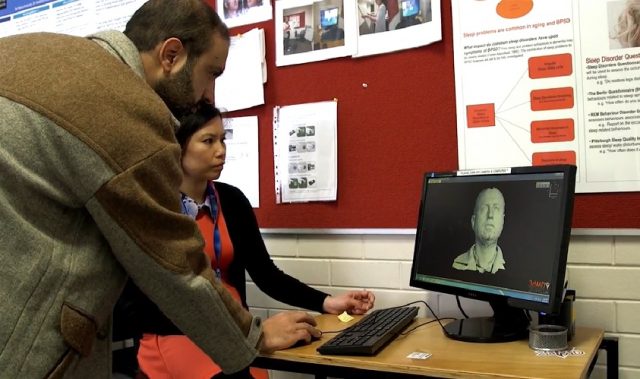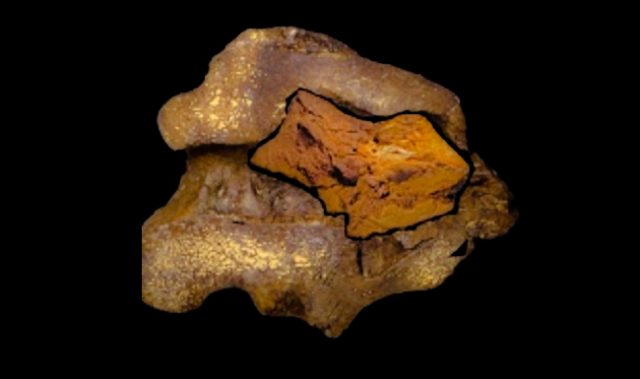
AsianScientist (Aug. 31, 2015) – Greetings readers of Asian Scientist! I’m Ivy Wong, a radio astronomer who is currently working at the International Centre for Radio Astronomy Research at the University of Western Australia.
My main field of expertise is in the physical processes that govern star formation and galaxy evolution in nearby galaxies. By nearby, I mean galaxies that are within distances of 650 million lightyears. One lightyear is the distance that light travels in a single year. Since we know that light travels at 300,000 km per second, one lightyear is approximately 9.5 trillion kilometres.
Recently, one of the more interesting conundrums (of which I have many) that is keeping me up at night is the problem of how galaxies grow supermassive black holes. These supermassive black holes are typically found in the centers of galaxies and weigh in at several hundred million times the mass of our Sun. In our very own Milky Way galaxy, we host one that is roughly a million times the mass of our Sun.
But the only time we “see” black holes is when they are feeding. Similar to water spiralling into the drain in your bathtub, matter does not instantly fall into a black hole but will spiral inwards for a bit before falling in. This feeding process will sometimes result in jets of plasma being ejected, which can be detected at radio frequencies. We call these galaxies, radio galaxies.
To understand the relationship between the feeding habits of supermassive black holes and their host galaxies, we need to survey large samples of galaxies that harbour these radio jet-emitting black holes. However it can be tricky in very large radio surveys because the jets and plumes of plasma may not always be aligned with their host galaxy. Here’s where you can help.
In an online citizen science project called Radio Galaxy Zoo, led by Dr. Julie Banfield (Australian National University) and myself, we are asking citizen scientists from around the world to help us spot the galaxies that host black holes. All you need to do is to identify the radio jets in one image and then match them to the corresponding host galaxy in the infrared image.
Since the project was launched in 2013, over one million classifications have been made. Your participation will help us answer questions like how supermassive black holes are formed and why some supermassive black holes don’t give off radio emission.
Though powerful, even supercomputers cannot match the pattern recognition abilities of the human brain, especially when the radio emission is distorted or complex. We have found that citizen scientists are as effective as the experts at identifying the radio sources and their host galaxies; no special training is required to get started. So what are you waiting for? Join us on the hunt for supermassive black holes from the comfort of your home!
———
Copyright: Asian Scientist Magazine; Photo: NASA Goddard Space Flight Center/Flickr/CC.
Disclaimer: This article does not necessarily reflect the views of AsianScientist or its staff.












